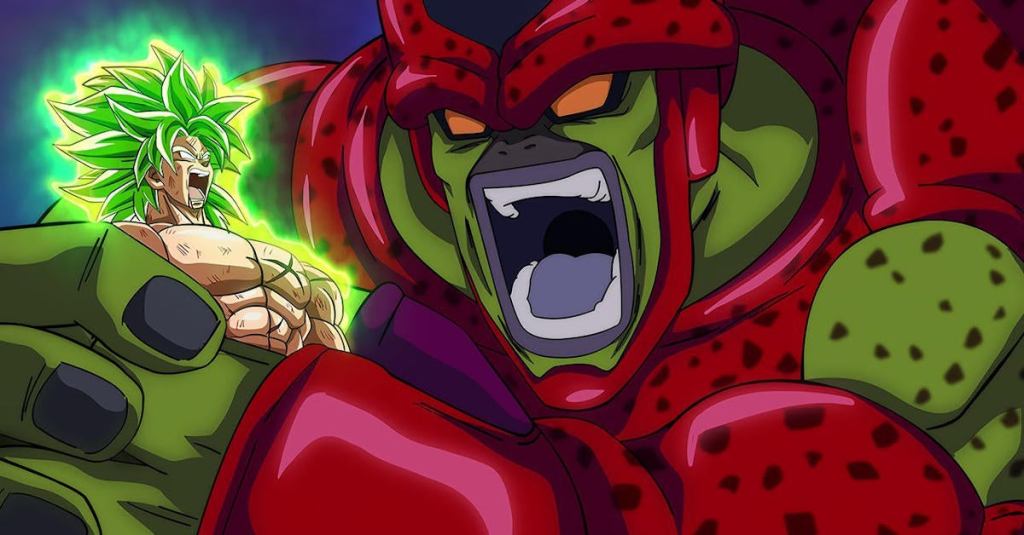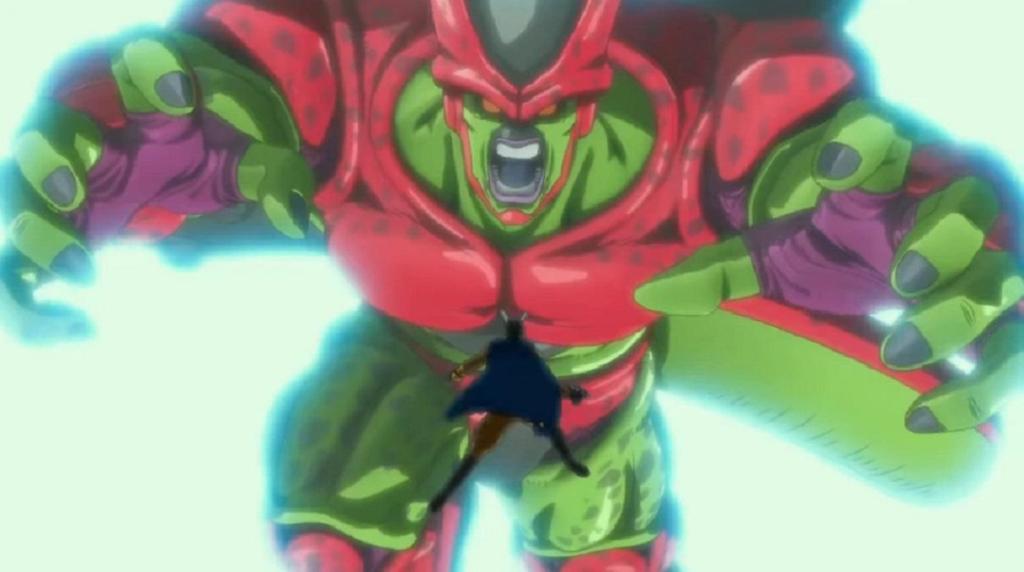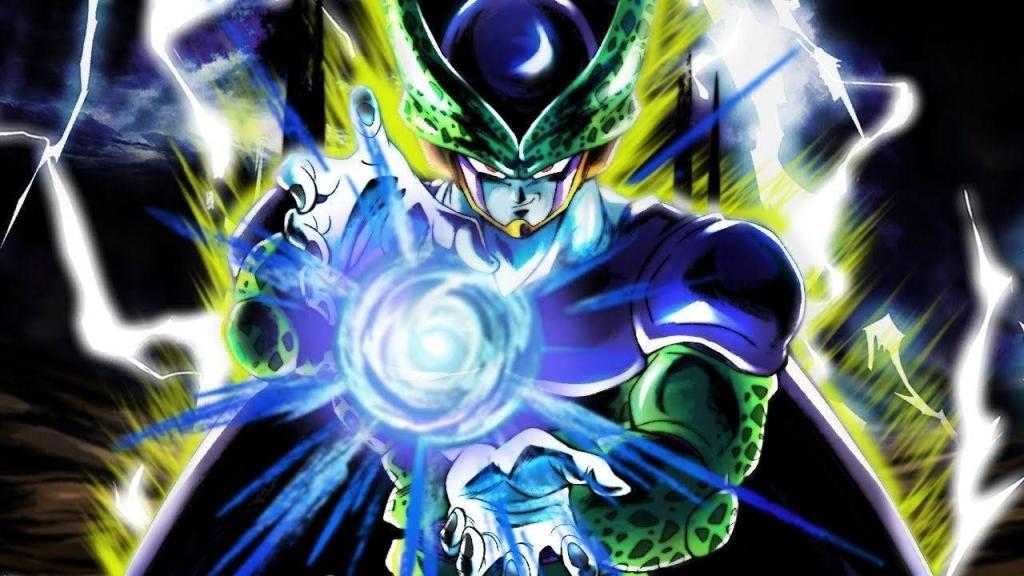Dragon Ball Super: Super Hero is on its way to being a big hit at the international box office, having already set new milestone records for anime movies in the US alone. It’s no longer a secret (if it ever was) that a big part of Dragon Ball Super: Super Hero’s draw was how the film acts as a sequel to Dragon Ball Z’s Android and Cell Games Saga. Super Hero brings back the Red Ribbon Army and legacy of its mad scientist Dr. Gero – in the form of his genius grandson, Dr. Hedo. Hedo introduces a whole new generation of android being to Dragon Ball – including a new generation of Cell!
Videos by ComicBook.com
(SPOILERS FOLLOW!)

In the final act of Dragon Ball Super: Super Hero, Dr Hedo and his androids have a change of heart when they realize that the Red Ribbon Army manipulated them into thinking the Z-Fighters were villains. Hedo was pushed into recreating Cell from Dr. Gero’s schematics by RR leader Magenta, and when Gohan and Piccolo bring the fight to the RR base, Magenta is killed by Dr. Hedo while throwing the switch to activate “Cell Max” – despite Hedo’s refusal, as the creature was not yet complete and was as wildly unstable as it was powerful.
Dragon Ball fans have been vocal in their disappointment at how Dragon Ball Super: Super Hero brought back Cell. The giant android was little more than a mindless, destructive monster, whose only dialogue was screaming at the top of its lungs. …And it made perfect sense!
Why Dragon Ball Super: Super Hero’s Cell Max Makes Sense

While a lot of Dragon Ball Z fans were clearly hoping Dragon Ball Super: Super Hero was going to bring back the Cell the knew and loved, the film didn’t do that, and shouldn’t be faulted for it. In the context of the story Super Hero told, Cell Max and its mindless monster persona made perfect sense: Hedo always foreshadowed that his version of Cell was unstable and not yet ready – and that’s exactly the version of the monster that we got.
The film was steeped in the influences of the Red Ribbon Army and Dr. Gero’s legacy; Hedo’s ultimate android creation couldn’t have been just any new android villain – the entire reason Magenta recruited him was to continue what Dr. Gero had started. Gero’s ultimate creation was Cell, and that was the weapon Magenta wanted, in order to get revenge on Goku and co. for bringing down the RR and put the organization back on top. So it makes sense that Hedo created Cell, as ordered.
Why Dragon Ball Super Can Still “Properly” Bring Back Cell

Just because Dragon Ball Super: Super Hero gave us Cell Max, the mindless monster, it doesn’t mean that Cell or his successor (Android 21?) can’t still make a “proper” comeback in Dragon Ball Super.
Super Hero ended with Dr. Hedo and his new generation of Androids (Gamma 1) being brought into Capsule Corporation by Bulma; Dr. Gero’s research is still out there as well, meaning the seeds to build Cell are still out there, as well. In Dragon Ball Z, Imperfect Cell was only born in an alternate future where it had time to be finished by Dr. Gero’s supercomputer; if seeds of a next-generation Cell now exist in Dragon Ball Super, then the threat of alt-timeline version of Cell possibly showing up is now greater than ever.
That’s all to say: Dragon Ball Super may have just re-introduced us to Cell – but that re-introduction may just be a beginning. The makers of Dragon Ball know how much fans love Cell (hence his return), so there’s always a chance they’ll pull on that thread again.
Dragon Ball Super: Super Hero is now playing in theaters worldwide.








